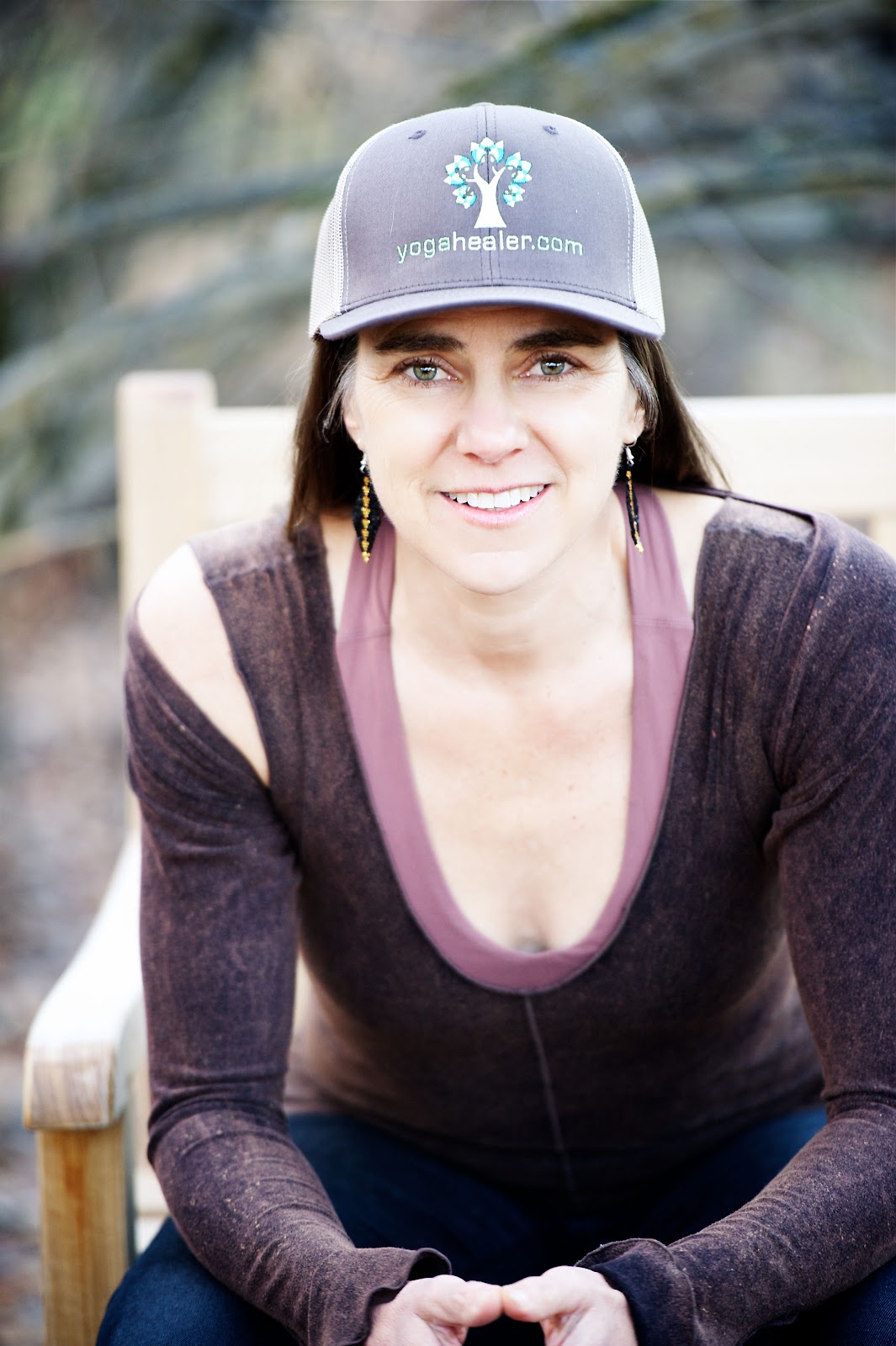3 Body Types

It is more important to know what sort of person has a disease than to know what sort of disease a person has.
— Hippocrates
Body-typing isn’t new to the human species.
Ancient cultures from across the globe—Greece, India, the Americas, China, Japan, Asia and other First Nation cultures—individualized medicine according to certain body shapes and characteristics. Categories arose through observation and experience, informed in many cases by the belief that the energies seen outside the body were also seen inside the body. These energies were thought to exert varying influences. If someone was stout, sturdy, or big-boned, for instance, they might be described as high in “earth” element or “anabolic” energy. Emotionally, they would be considered thick-skinned, stubborn, reliable, and easy-going.
Body typing systems look at universal energies and elements as primordial forces. In the scientific era, those who study Eastern medicine learn the forces as concepts for diagnosis. Earth, water, air, and fire. Earth and water are “anabolic” or building energy. Fire is “metabolic” or transforming energy. Air or wind is “catabolic” or dispersing energy.
The Greeks saw these elements at work within the body, and named them “humors.” The yogis of Ayurveda saw things in a similar way, and named the combinations of elements in the human body as “doshas.” Both systems look at the constitution of the person (body type) and the nature of any imbalance within that constitution, for the purposes of diagnosis and treatment. The energies and actions of these constitutional elements are visible everywhere: from a person’s digestive type to their body frame; from their emotions to their psychological tendencies—even their psycho-spiritual nature. These forces drive the allostatic load, or dis-ease.
Treating the individual first—and the disease second—is missing from the modern allopathic model, where the same drugs are prescribed, even often in the same dosages, regardless of body type.
Next, you’ll learn your body type to customize your habits.
Your Energetics
The Ayurveda body-typing system is simple and relatable. I’ve set out the three main energies—wind, fire, cloud—so you get familiar with the dominant force at play in your body type.
Take the quiz below to see how energies show up as body and mind characteristics, as well as symptoms. Read down each list, and keep a tally of how many boxes apply to you. Write the tally at the bottom. The highest-scoring column will show you your dominant energy.

Now you know more about your dominant body type. To understand body types, we need to look at the functions of energy:
gathers water like clouds —> builds —> anabolic
blows air like wind —> disperses —> catabolic
burns like fire —> digests —> metabolic

Next, notice what your body frame is most like (if you’re overweight, take into account your frame under the extra). Energy shapes matter—and as such we can look to a person’s physical build. “Ectomorphs” have a rectangular, lanky build; “mesomorphs” have a sporty, triangular build; “endomorphs” have a stocky, stable build. Which do you have?

Look at the types and their challenges below to get to know more about your dominant energies.
WIND —> ectomorphic —> disperses energy —> easily overwhelmed, nerves —> challenged by nervous emotions, variable digestion, elimination
FIRE —> mesomorphic —> digests energy —> easily irritated —> challenged by infections, intensity, burnout
CLOUD—> endomorphic —> gathers energy —> easily lazy and slow —> challenged by lethargy, complacency slow digestion, stagnation

Next, you’ll get to know each of the three types, and in doing so, have a better understanding of yourself energetically. We’ll also look at how inflammation dysregulates the three body types at the level of emotions.
Share this article:



Patrícia Noya
Ecto